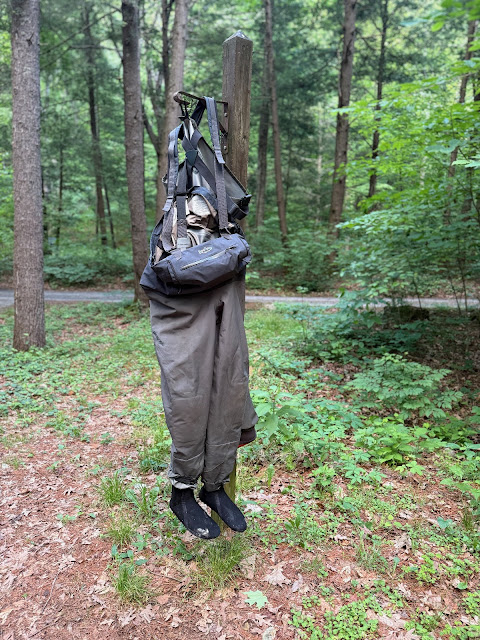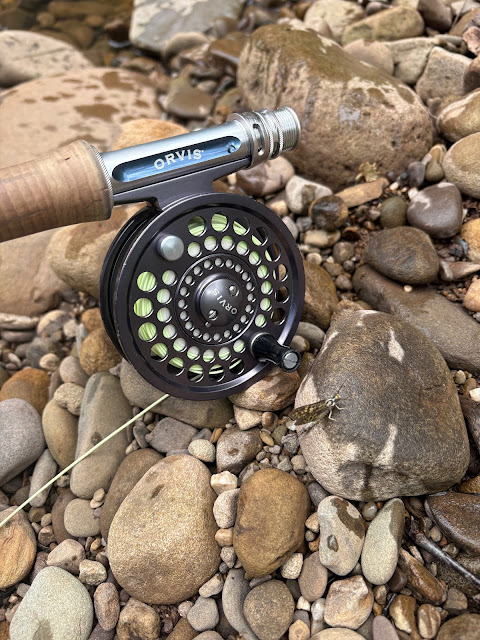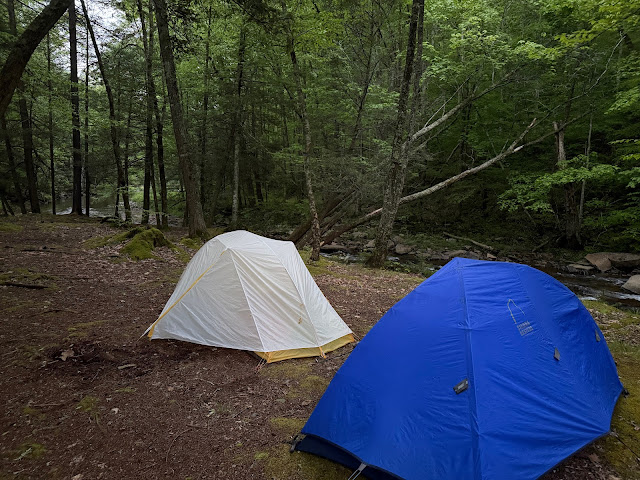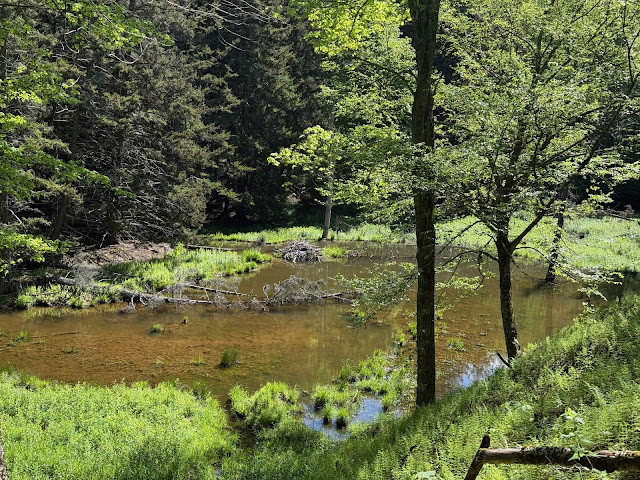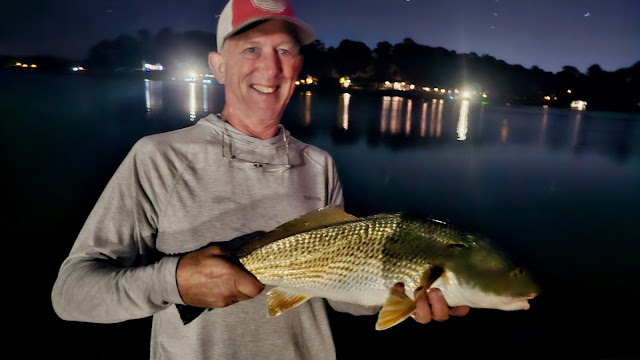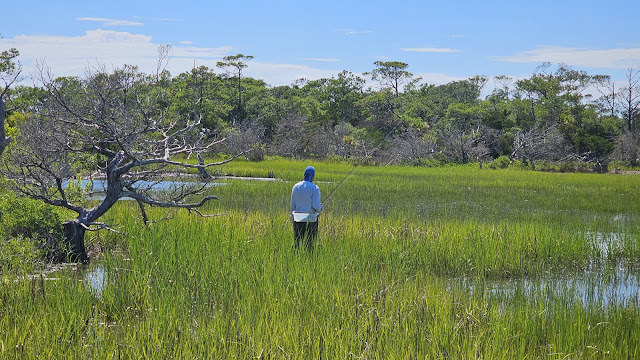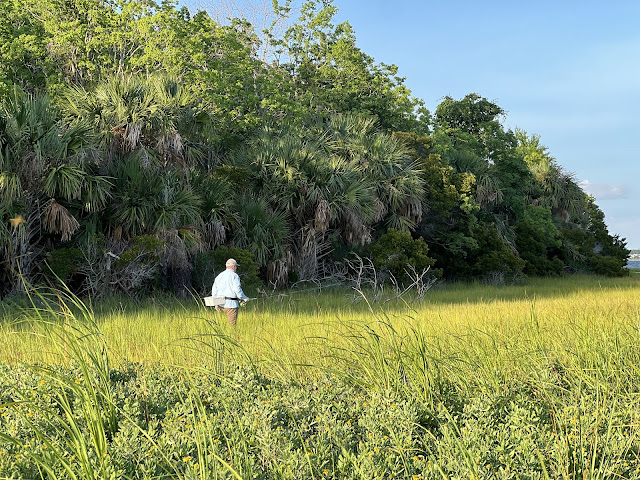Will and I had a few days to fish and I was excited to do a little sprimg trout fishing before the heat of the summer settled in and I was focused more on smallmouth and saltwater pursuits.
We chose three different water bodies including one in WV neither one of us had fished before. I met Will at his house outside Richmond and we packed his Outback full of camping and fishing gear and food.
That's a lot of gear for just two anglers! We made a pilgrimage to the Mossy Creek Fly Fishing store to stock up and then spent the rest of the afternoon hiking up to the Swisher Dam and fishing our way down the Skidmore Fork.
It seemed like the rain we got in Richmond and Hampton Roads didn't make it to this side of the mountains and with the water low, it was slim pickings.
At home, daytime temps were already dipping into the 80s with nighttime lows in the high 60s, so we were unprepared driving into WV with a 10 am high of 43 degrees F!
We stopped at a deep pool and, even though we were told that the fish in this river we totally keyed in on bugs and would not take a streamer, I had to try. I did get a follow and refusal on a kreelex but after 15 minutes of no other follows, I switched to one of the green drake imitations we purchased at Mossy Creek.
My first fish.
It was nice to tussle with something bigger than a Brookie; I love catching brown trout! We worked this one pool and a couple pockets just above for several hours as fish kept rising even though we each pulled a number of lunkers out of it.
Every time we though about leaving, fish would rise and we would cast to them.
The stream was very buggy with a couple different large mayflies, including green drakes, providing a steady diet to rising trout.
We were both having the times of our lives.
We each broke off some large fish using 5X tippet on 5wts, some real monsters! We were told about a strategy to use 3wts with longer lighter tippets which seems counter intuitive, but I guess the light rod tips stress the tippet less. We'll have to try that next time. Nevertheless, the fishing was excellent!
We finally left this amazing pool to see what the rest of the river had to offer. As we waded upstream to towards the car, we found similar dry fly action and caught and missed more lunker browns and rainbows.
All fish were released in good shape.
We caught rainbows as well as browns.
I ran out of sulphur and green drake flies, so as the light started to fade, we made our way back to our next campground, that was largely empty. We picked the premier site on a peninsula with water on two sides.
We probably could have caught fish here if we weren't so damn tired (and satisfied!). We made food and went to bed - no campfire.
The stream was gorgeous, but the fishing was slow compared to the day before (an unrealistic comparison!).
We enjoyed each other's company as we covered the water, caught a few little brookies and stopped along the way to admire the wild beauty of the Laurel Fork.
At about 3 pm we reconvened at where we veered off the Slabcamp trail to meet the river and started our uphill hike out. Chris, who wet waded in sandals, set a strong pace. Will and I had carried our waders and boots in and labored to keep up even in hiking boots. At one point we zigged where we should have zagged and my new Garmin Fenix 8 with trail maps showed it's worth as it guided us back to the way out. Reaching the cars, we said our goodbyes. Will piloted us back to Richmond where I threw my stuff in my car and made my way back to Hampton Roads, arriving somewhere around midnight. It was a great three days of trout fishing. I can wait to explore more of WV in my retirement years.


